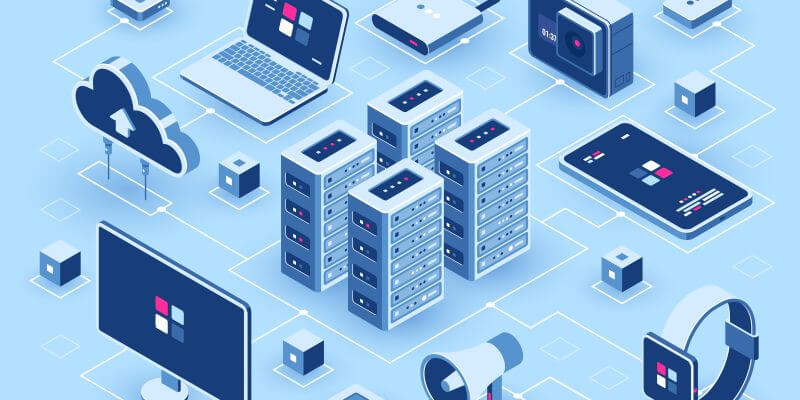Edge computing and 5G are emerging as powerful catalysts, poised to redefine business applications and performance across industries. These technologies are not merely incremental improvements; they represent a paradigm shift in how enterprises operate, innovate, and compete in an increasingly connected world.
Edge computing, in essence, is a distributed computing framework that brings enterprise applications closer to data sources, such as IoT devices or local edge servers. Instead of relying on centralized data centers or cloud infrastructure, edge computing processes data at the "edge" of the network, near where it's generated. This proximity offers several compelling advantages. One of the most significant benefits is reduced latency. By processing data locally, edge computing minimizes the time it takes for data to travel back and forth between devices and central servers. This is crucial for applications that require real-time responses, such as autonomous vehicles, industrial automation, and augmented reality.
5G, the fifth generation of mobile networks, is the ideal partner for edge computing. 5G offers significantly higher speeds, lower latency, and greater connectivity than its predecessors. It provides the ultra-fast, stable connectivity needed to transport large amounts of data in real-time. 5G increases speeds by up to ten times that of 4G, and some reports indicate it can be up to 100 times faster. Together, 5G and edge computing enable the deployment of use cases that were not previously possible. For example, autonomous vehicles can make decisions in real-time, smart factories can control machines without the need for a cloud connection, and connected medical services can instantly analyze and react to vital signals.
The business impact of edge computing and 5G is far-reaching. Edge computing can effectively reduce the operating costs of enterprises. By processing data locally, businesses reduce their dependence on central data centers and remote cloud services, reducing the cost of data transmission and storage. In addition, the local processing of edge computing also reduces bandwidth requirements, thereby further saving costs.
These technologies also open up new business models for enterprises. Edge computing provides a powerful tool to improve customer experience. Its low latency and high bandwidth characteristics ensure that applications and services can respond to customer needs more quickly. At the same time, edge computing supports real-time data analysis, and enterprises can provide personalized services and recommendations based on user behavior and preferences, thereby enhancing customer satisfaction and loyalty. The combination of 5G and edge computing is driving innovation across industries. In manufacturing, these technologies enable predictive maintenance, remote monitoring, and control. In healthcare, they facilitate real-time patient monitoring and remote surgery. In retail, they enable personalized shopping experiences and optimized inventory management.
However, there are also challenges associated with adopting edge computing and 5G. One of the main challenges is security. Unlike cloud computing, where data is stored in highly secure data centers, edge computing processes data on local devices. These devices might not have the same level of protection, which makes them more vulnerable to attacks. Another challenge is the complexity of managing a distributed infrastructure. Edge computing involves deploying and managing a large number of devices in different locations, which can be a complex and time-consuming task.
Despite these challenges, the benefits of edge computing and 5G are too significant to ignore. As these technologies continue to mature, they will play an increasingly important role in driving business innovation and performance. Companies that embrace edge computing and 5G will be well-positioned to compete in the digital economy. According to current projections, the edge computing market is expected to more than double in the next three years, and the number of 5G mobile subscriptions worldwide is expected to increase dramatically in the coming years. These trends indicate that edge computing and 5G are not just hype; they are real technologies that are transforming the way businesses operate.

















